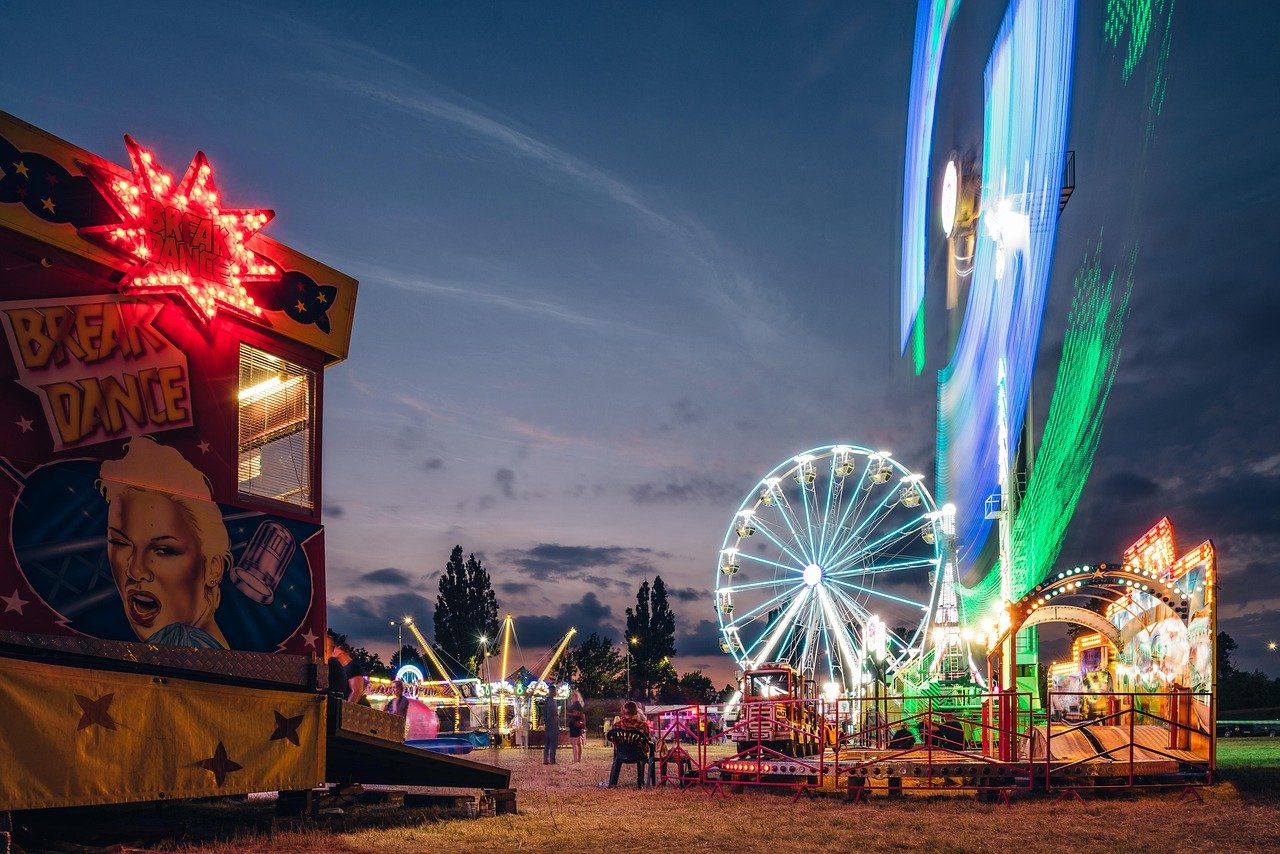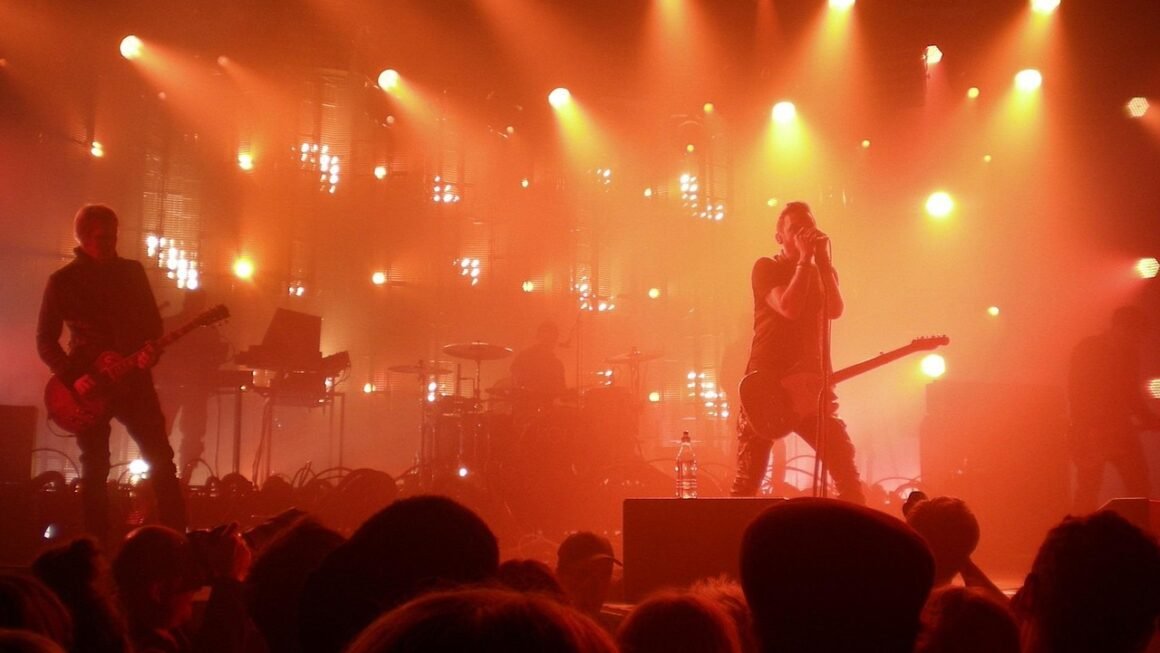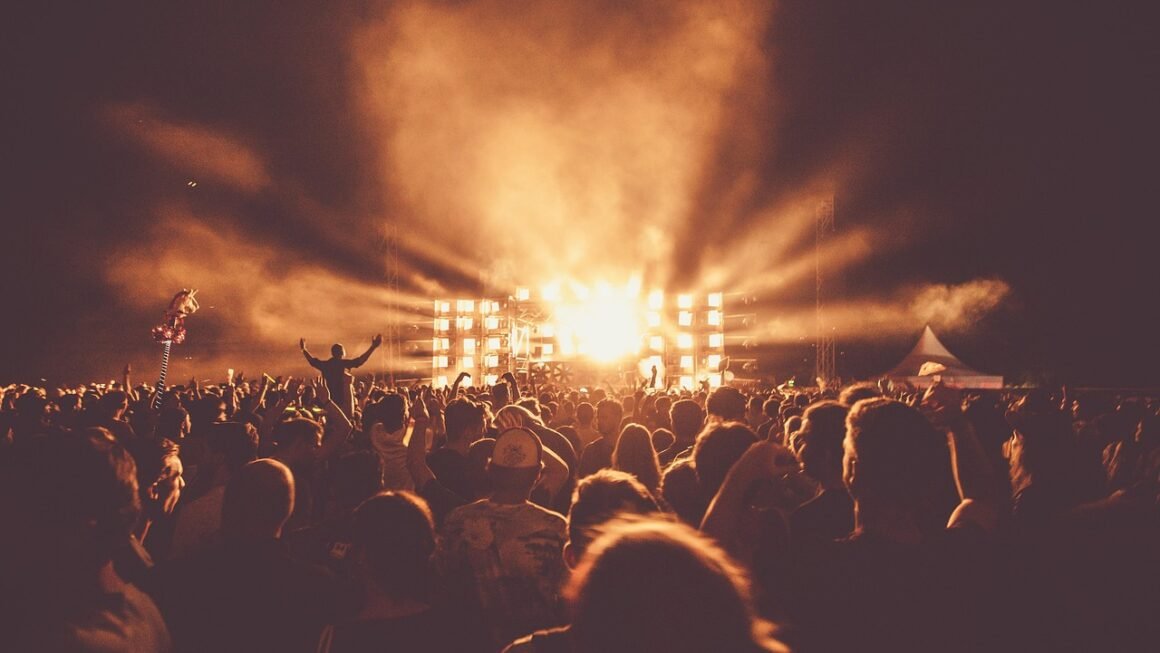The magic of cinema, the awe-inspiring battles, the fantastical creatures – much of what captivates us on screen owes its existence to the captivating world of special effects. From practical techniques perfected over decades to cutting-edge digital wizardry, special effects are the unsung heroes that breathe life into our favorite stories. Let’s delve into the fascinating realm of special effects, exploring its history, techniques, and the incredible impact it has on modern filmmaking.
The Evolution of Special Effects
Early Days: Practical Magic
Before the advent of computers, special effects relied heavily on ingenuity and practical solutions. These techniques, often referred to as “practical effects,” focused on achieving the desired visual impact in-camera or through mechanical means.
- Matte Painting: Creating realistic backgrounds by painting on glass panels placed in front of the camera. This allowed filmmakers to depict sprawling landscapes or futuristic cityscapes without building massive sets. Examples include classic films like Citizen Kane and The Wizard of Oz.
- Miniatures: Building scaled-down models of sets, vehicles, or even entire cities to create the illusion of grand scale. King Kong (1933) famously used miniatures to bring the giant ape to life.
- Forced Perspective: Manipulating the size and distance of objects within the frame to create optical illusions. A classic example is making actors appear giant or tiny by strategically positioning them relative to the camera.
- Stop-Motion Animation: Bringing inanimate objects to life through painstaking frame-by-frame animation. Each frame captures a slight movement of the object, which when played in sequence creates the illusion of motion. Ray Harryhausen’s work on films like Jason and the Argonauts is a prime example.
The Digital Revolution: CGI and Beyond
The introduction of computer-generated imagery (CGI) revolutionized special effects, opening up possibilities that were previously unimaginable. CGI allows artists to create anything from photorealistic creatures to impossible environments entirely within a computer.
- Key Benefits of CGI:
Increased flexibility and control over visual elements.
Ability to create photorealistic effects that are impossible to achieve practically.
Reduced cost and time compared to some traditional techniques (in certain scenarios).
- Motion Capture: Recording the movements of actors and transferring them to digital characters. This technique allows for incredibly realistic and nuanced performances from CGI creations, as seen in films like Avatar and The Lord of the Rings (Gollum).
- Visual Effects (VFX) vs. Special Effects (SFX): While often used interchangeably, VFX generally refers to effects created during post-production using digital tools, while SFX often encompass practical effects created on set.
Practical Effects: Still Relevant Today
Despite the dominance of CGI, practical effects remain an essential part of modern filmmaking. They often provide a tangible grounding to visual effects, enhance realism, and offer unique creative opportunities.
Advantages of Practical Effects:
- Tangible Realism: Practical effects provide actors and the crew with something real to interact with, leading to more authentic performances and a more immersive experience.
- Cost-Effectiveness: In some cases, practical effects can be more cost-effective than CGI, particularly for smaller-scale effects.
- In-Camera Look: The raw, unfiltered look of practical effects can be difficult to replicate perfectly with CGI, offering a unique aesthetic.
Examples of Modern Practical Effects:
- Makeup and Prosthetics: Creating realistic injuries, aging effects, or creature transformations using makeup, prosthetics, and animatronics. Rick Baker’s work on An American Werewolf in London remains a landmark in practical makeup effects.
- Pyrotechnics: Creating explosions, fire, and other spectacular visual effects using controlled explosions and other techniques. The Mad Max films are renowned for their practical pyrotechnics.
- Animatronics: Building robotic puppets and creatures that can be controlled remotely to create realistic movement and expressions. The Jurassic Park films masterfully blended animatronics and CGI.
The Power of Visual Effects (VFX)
VFX encompasses a wide range of digital techniques used to enhance or create visual elements in a film or television show. It allows filmmakers to achieve the impossible, expand the scope of their stories, and create truly unforgettable experiences.
Key VFX Techniques:
- Compositing: Combining multiple visual elements into a single shot. This allows filmmakers to seamlessly integrate CGI elements, practical effects, and live-action footage.
- Matte Painting (Digital): Creating elaborate digital backgrounds and environments. Modern digital matte painting allows for far greater detail and realism than traditional matte painting techniques.
- Rotoscoping: Manually tracing objects or characters frame by frame to isolate them for manipulation or compositing. This is a time-consuming but essential technique for many VFX shots.
- 3D Modeling and Animation: Creating realistic 3D models of objects, characters, and environments and animating them to create lifelike movement.
VFX in Action:
- Seamless Integration: The best VFX are often those that are invisible to the viewer, seamlessly blending into the live-action footage to create a believable and immersive world.
- World Building: VFX allows filmmakers to create entirely new worlds and environments that would be impossible to film in reality, as seen in films like Dune and Guardians of the Galaxy.
- Character Creation: VFX brings fantastical creatures and characters to life, allowing filmmakers to tell stories that would otherwise be impossible to visualize, such as The Avengers movies with the Hulk.
The Future of Special Effects
The field of special effects is constantly evolving, driven by technological advancements and the ever-increasing demand for more realistic and immersive visual experiences.
Emerging Technologies:
- Virtual Production: Filming actors on a soundstage surrounded by LED screens displaying real-time CGI environments. This allows filmmakers to see the final visual effects while filming, reducing post-production time and costs. The Mandalorian* has been a pioneer in using Virtual Production techniques.
- Artificial Intelligence (AI): AI is being used to automate various VFX tasks, such as rotoscoping, compositing, and even creating entire visual effects shots.
- Real-Time Rendering: Allowing for the creation of photorealistic visual effects in real-time, enabling more interactive and responsive filmmaking.
The Blurring Lines:
The future of special effects lies in the seamless integration of practical and digital techniques. Filmmakers are increasingly using a hybrid approach, combining the tangible realism of practical effects with the flexibility and power of CGI to create truly groundbreaking visual experiences. Statistics show that movies that blend both are usually top earners.
Conclusion
Special effects are an integral part of modern filmmaking, enriching our storytelling experiences and pushing the boundaries of what’s visually possible. From the practical ingenuity of early techniques to the mind-blowing capabilities of CGI, special effects have transformed the way we create and consume entertainment. As technology continues to advance, the future of special effects promises even more breathtaking and immersive experiences for audiences worldwide. The combination of practical and digital FX gives filmmakers more tools to bring visions to life.



